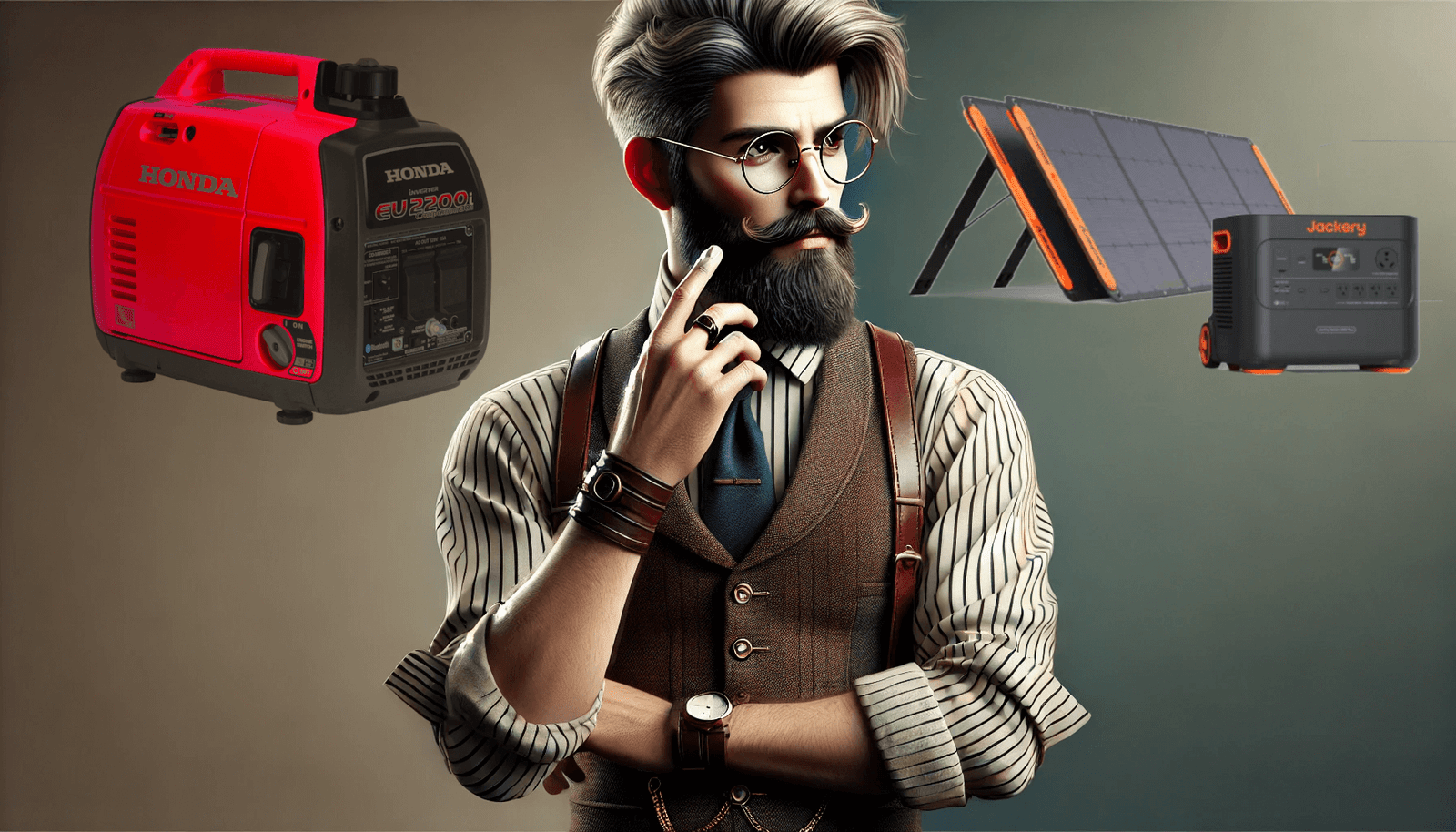While I’m sometimes tempted to just chuck all my electrified gadgets and wander off into the woods, truth be told, they’re basically magic. Sure, the cellphone can get annoying from time to time, but imagine being without the ability to pull up a map of a new area, or shoot off a quick text message to sync up with a friend. Imagine living without electric lights or A/C, without recorded music, TV, or the internet. But can solar flares affect electronics, or even destroy them? While it’s not a likely outcome, the Sun has the power to wipe away a pretty big chunk of the electrified modern world.
We are able to monitor the Sun’s active areas for potential solar flares, but when a solar flare finally occurs, we get no further warning. It shoots a huge amount of radiation at us – X-rays, gamma rays, and microwaves, all traveling at nearly the speed of light – and anything that could detect them can’t communicate back to us faster than the radiation that’s on its way. Fortunately, Earth’s atmosphere acts as a shield, absorbing most of these high energy effects. However, 16-72 hours later, a blast of solar plasma, called a Coronal Mass Ejection or CME, hits the earth, pushing through the magnetic field and creating abnormal electrical activity in anything with a conductor.
Can Solar Flares Affect Electronics?
Solar Flares have two types of effects. The first, the high frequency radiation that arrives in the first 8 minutes or so, could affect electronics in theory. Imagine putting your cellphone in a microwave. The arcing caused by microwave interaction with metal could blow up batteries and computer chips. At these levels (which are not known to occur in our Sun) it could also cause burns and radiation damage to living tissues. This is probably the worst case scenario for solar impacts, but fortunately, we don’t have any indication that these energy levels have occurred in our Solar system. The CMEs that commonly accompany a solar flare, however, while mostly safe for life forms, can be damaging to electronics as well, and at lower intensities.
Solar Flares and CMEs happen regularly, ramping up and down in frequency in an 11-year activity pattern called the Solar cycle. However, the intensity of any particular Flare/CME seems to follow its own dynamics, so powerful events can occur at any point in the Solar cycle, not just at the maximum. Most of the time, solar eruptions create only limited effects, and though solar weather does affect humans, mild impacts require specialized equipment to detect. Some powerful CMEs like the ones in May 2024, can announce their presence with unusually strong aurorae, which occur further away from the poles than normal, but even so, these unusual-but-within-normal-parameters solar storms don’t tend to affect electronics.
However, we don’t know the limit of the Sun’s power to affect our world. A 1989 CME took out power in the Quebec grid, and the Carrington event of 1859 caused electrical fires from the wires in telegraph equipment. Theoretically, there’s nothing that to prevent a solar explosion that’s orders of magnitude stronger than the Carrington event. A growing body of scientific papers suggests that this is not just hypothetical. Evidence of Miyake Events (How to survive a Miyake Event) have been detected in tree rings and ice cores, showing intensities 80x stronger than in 1859. In conditions like this, some equipment will fry and others will be just fine.
Why do Solar Flares Affect Electronics?
When a CME from a solar flare hits earth, it arrives with a powerful electromagnetic wave that can induce electrical currents as wave after wave of high-energy solar particles pass over, carrying a magnetic field across the metal conductors in our electronics. These induced currents are a product of the intensity of the incoming energy, mediated by the objects’ conductivity (magnetic permeability) and the geometry of the circuit, e.g. a one inch screw is going to have a much lower induced electrical potential than a 12 ft metal pipe. When these currents try to escape, to make a connection with a higher potential, they create electrical pressure. This pressure can be relieved by heat, i.e. possible melting or burning, or movement, i.e. mini-lightning arcing across an air gap. When these pressure releases occur, depending on the sensitivity of the device, they do damage.

Will a Solar Flare Destroy Electronics?
The possibility exists. When electrical currents are created by the magnetic waves of a CME, the damage they can do depends on the unique electrical potential of the circuit in question. The power grid has long transmission lines with a huge electrical potential, which puts the transformers they connect to at risk. Losing these transformers and knocking out significant power is the primary predictable failure scenario. There has been a lot of work done to try and mitigate these risks, but some estimates still show significant dangers.
In the home, devices plugged into power are most at risk, due to the average length of the wire connecting them back to the circuit breaker. If they last for long enough at a high enough intensity, the induced currents could hypothetically melt insulation that prevents wires from making contact with other materials, setting up the possibility of widespread house fires. Some electrical components are very sensitive to changes in voltage and can be damaged by the induced currents that fall outside their normal tolerances.
How to Protect Electronics From Solar Flares
Like most prepping, the options range from trivial to obsessive, but there are definitely common-sense things you can do. Again, we don’t have any clear evidence of a solar flare powerful enough to cook electronics, but if you are still worried about it, the protection has to be in place ahead of time. You will have no warning. The best way to protect against these energy spectra would be shielding material, e.g. metal plate, concrete, dirt. Since it has to be in use when the moment comes, consider a prepaid phone and/or walkie talkies and an emergency radio, placed in an EMF shielding bag, like this one:
CME damage is based around magnetically induced voltage discharge. Since you will have plenty of time to prepare your home from an incoming CME (if all your communications haven’t been fried because of the initial Flare) you can start with free protection: unplug everything you can. After that, make sure you have high quality surge protectors on everything important, but especially things you can’t unplug, e.g. refrigerators and freezers. Consider a whole house surge protector like this one,
and an EMP shield for your car like this one.

Auto and Truck, Protection for
Lightning, CME, Solar Flare, and
Surge Protection
Conclusion
Solar Flares and CMEs can damage electronic equipment, but the danger is proportional to the size of the Solar outburst. Scientific authorities and government agencies are always going to downplay the risk, but with a few well-planned, inexpensive strategies, you can protect key electronics from even the worst imaginable Solar event.





